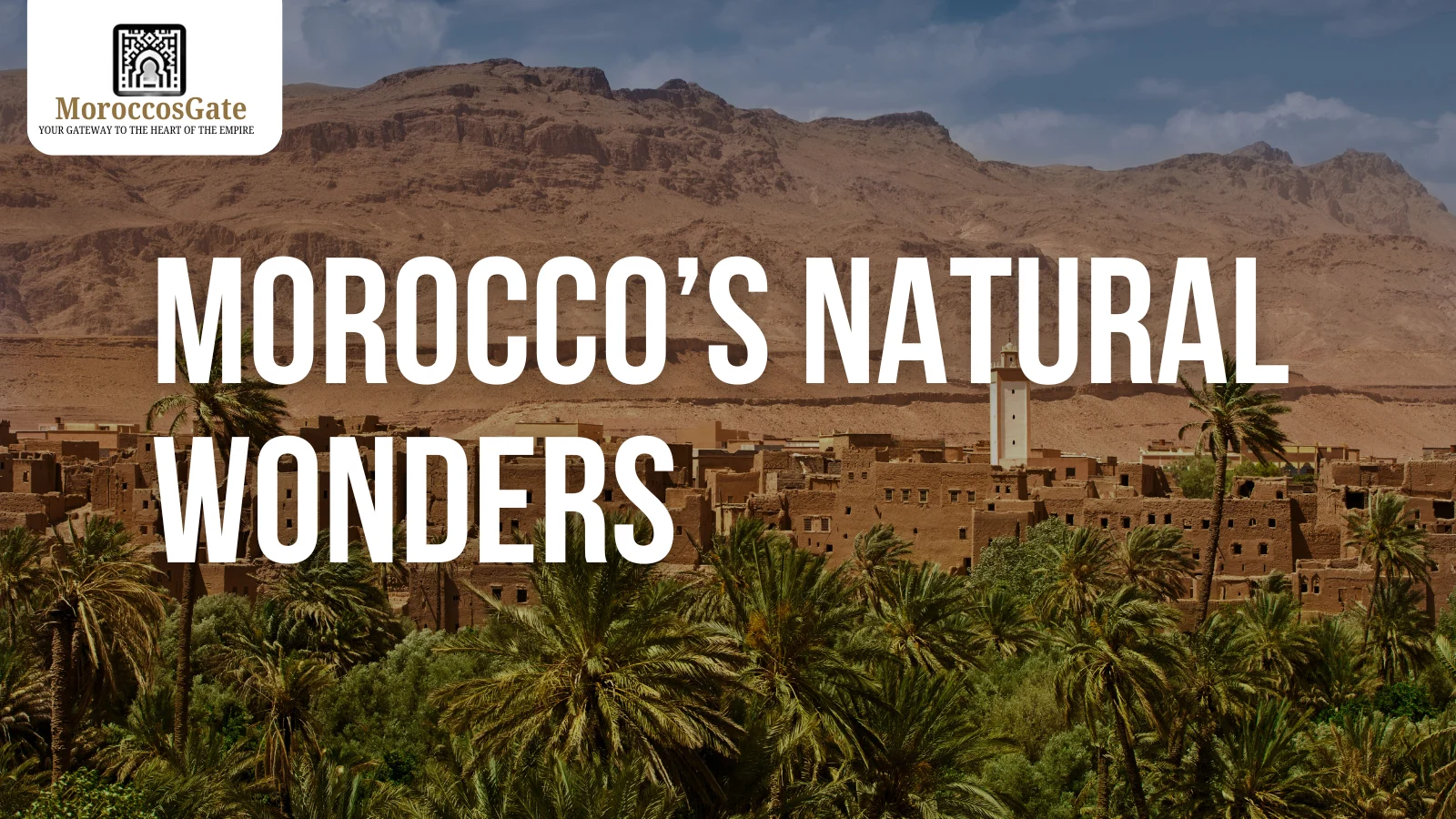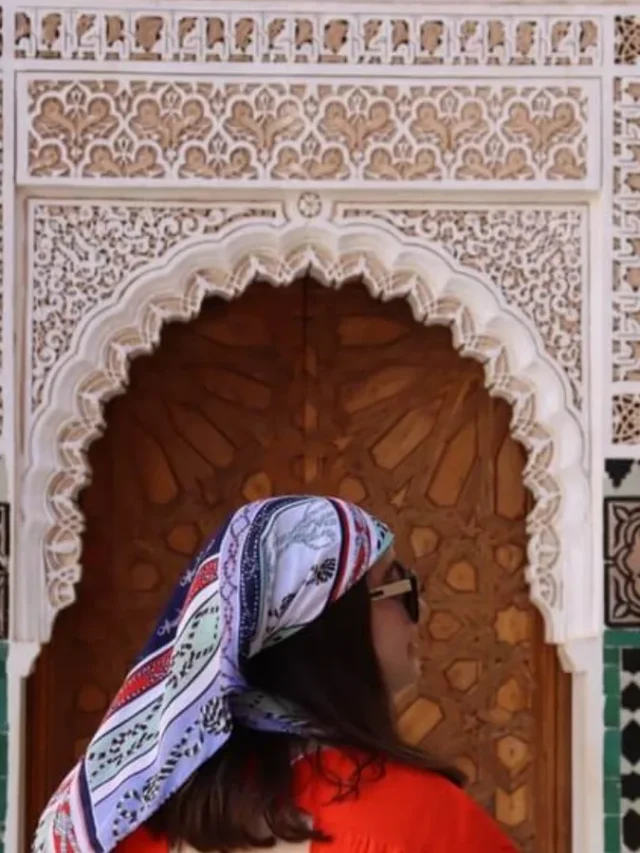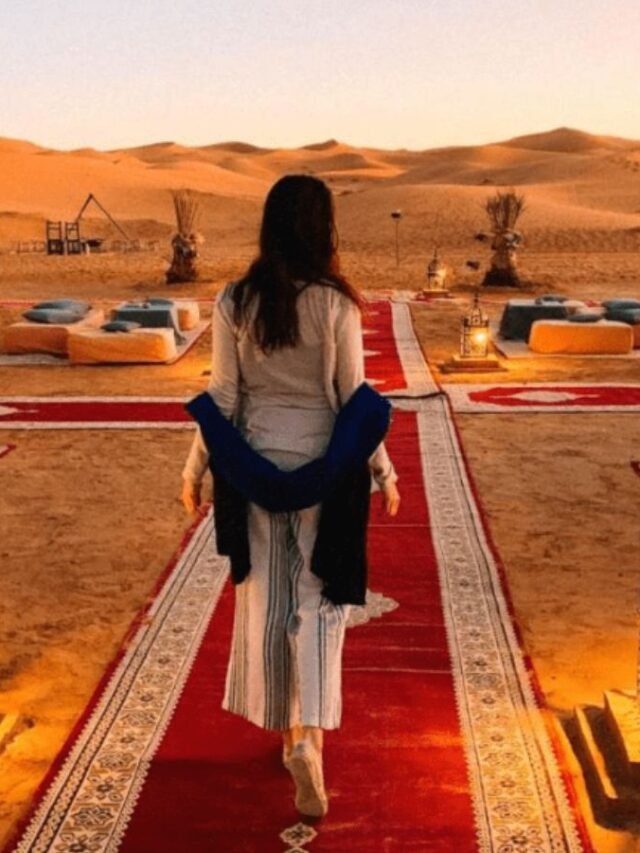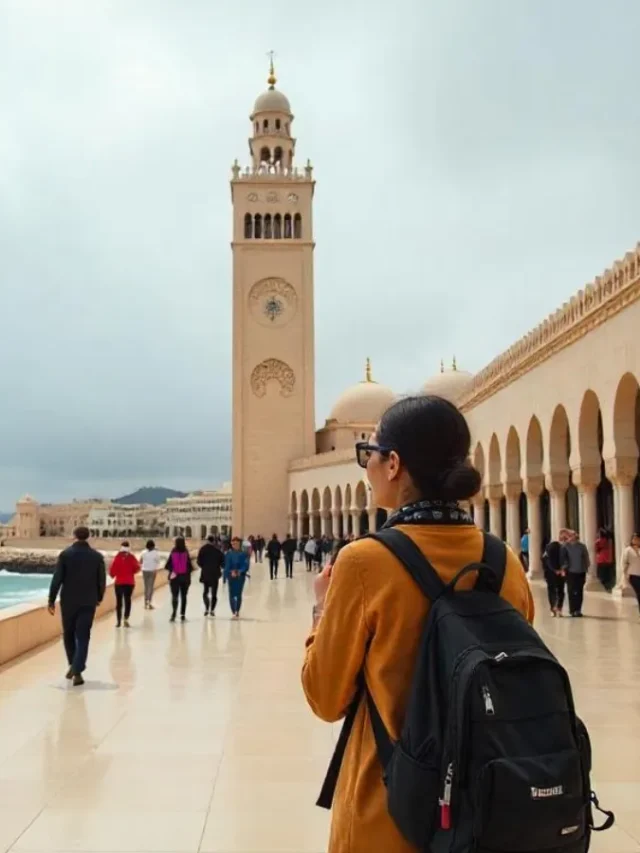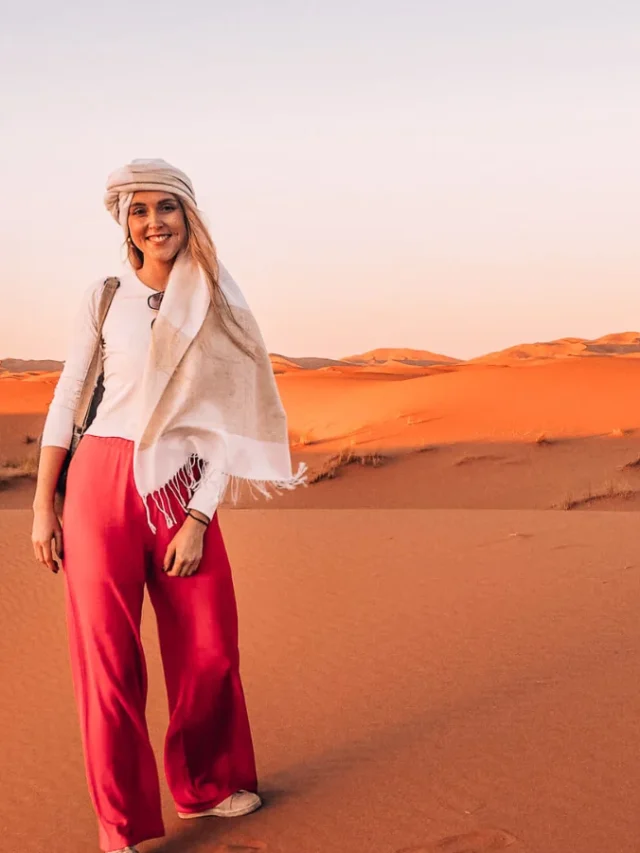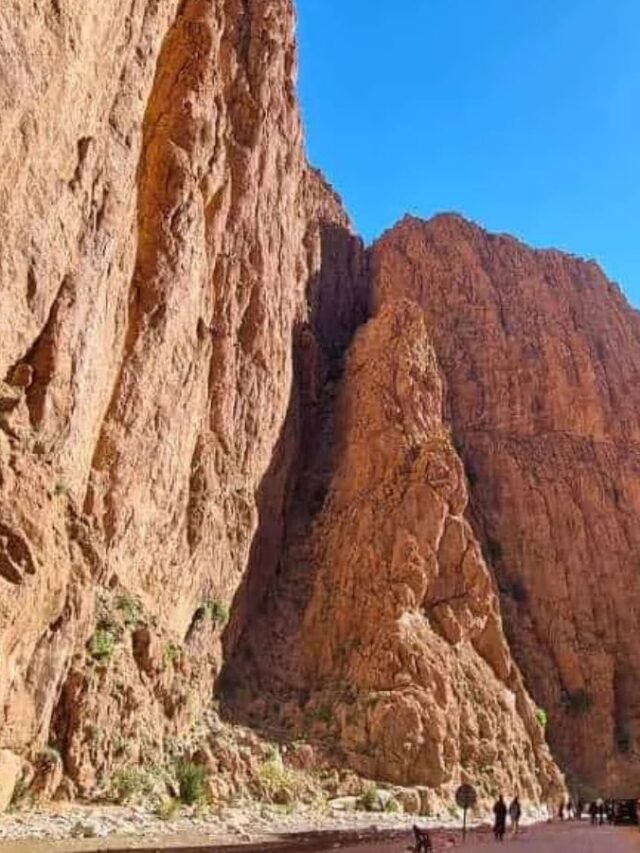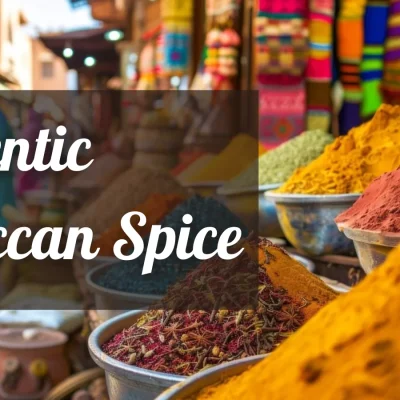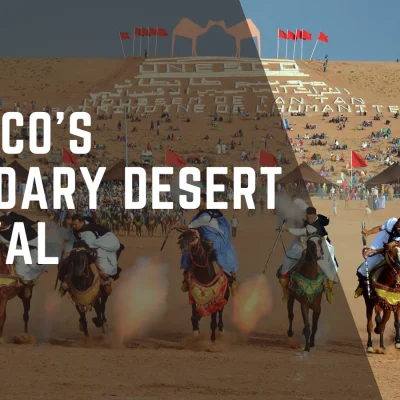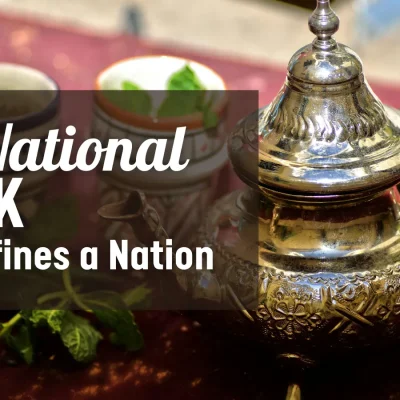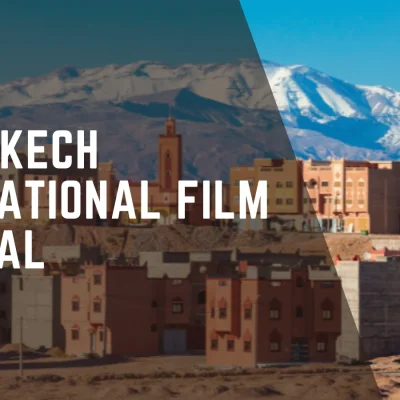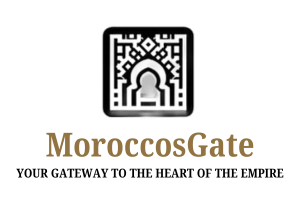Morocco’s Natural Wonders: Wild Coasts, Waterfalls, Atlas Peaks, and Desert Dunes
Writer: Morocco’s Gate Team
What image of Morocco comes to mind when you close your eyes? Many people associate it with the colorful pandemonium of a Marrakech souk, the aroma of exotic spices permeating the air, the elaborate tilework of a secret riad, or the sound of the call to prayer resonating through a busy medina.
Even if those encounters represent Morocco’s lifeblood, they are but a small portion of its essence.
We have spent years touring every inch of this amazing nation here at Morocco’s Gate. Our greatest interest is leading visitors outside the city limits into an often-unseen realm of breathtaking beauty and dramatic vistas. This is the other Morocco: a place of snow-capped mountains, crimson canyons, roaring waterfalls, and quiet deserts.
This handbook is for you if you’re an adventurer at heart and find tranquility in the immensity of nature. Our favorite Moroccan natural wonders are being revealed as we lift the veil. Prepare to cross a few new places off your bucket list!
On-time, economical, and effective. Click the link below👇 to reserve the vehicle of your dreams!

1. The Desert: A Place Where Silence Is Powerful
Without the Desert, no list of Morocco’s natural wonders would be complete. However, words can only convey so much about it, much like when attempting to describe a symphony. The Desert is an experience that transforms you; it’s more than just a sea of sand. It’s a cosmic canopy of stars so dazzling they seem within arm’s reach, the humbling scale of the dunes, and the utter silence.
The Dunes’ Experience
Morocco has two significant dune systems, or “ergs.”
- These are the famous, imposing dunes of your dreams, Erg Chebbi (near Merzouga). As the sun moves across the sky, the enchanting, blazing orange color of their sand changes from light gold to deep crimson. A slow, rhythmic journey into the heart of the desert, a camel trek into Erg Chebbi at sunset is a typical Moroccan experience.
- Erg Chigaga (next to M’hamid): This place is wilder, more isolated, and less frequented, making it a better choice for those with a spirit of adventure. It takes a 4×4 to get to these dunes, which heightens the sense of adventure. You get a genuine sense of being utterly engrossed in nature since the dunes are less steep and dispersed over a large region.
Activities in the Desert
- The traditional method of becoming engrossed in the rhythm of the desert is camel trekking.
- Sleep in a Desert Camp: Take in the local music, a tagine cooked over a fire, and an unrivaled view of the Milky Way while spending the night in a luxury camp or a traditional Berber tent.
- Sandboarding: Use a board to glide down the steep dunes’ faces for a little rush.
- Sunrise and sunset are important occasions in the desert, not merely times of day. One of the most magical moments you will ever experience is watching the light and shadows move across the sand.
Our Insider Tip: Take your time exploring the desert. To fully unplug and experience the deep tranquility of the Desert, we always advise staying for at least two nights. While the first night is spectacular, the desert really begins to feel like home on the second night.
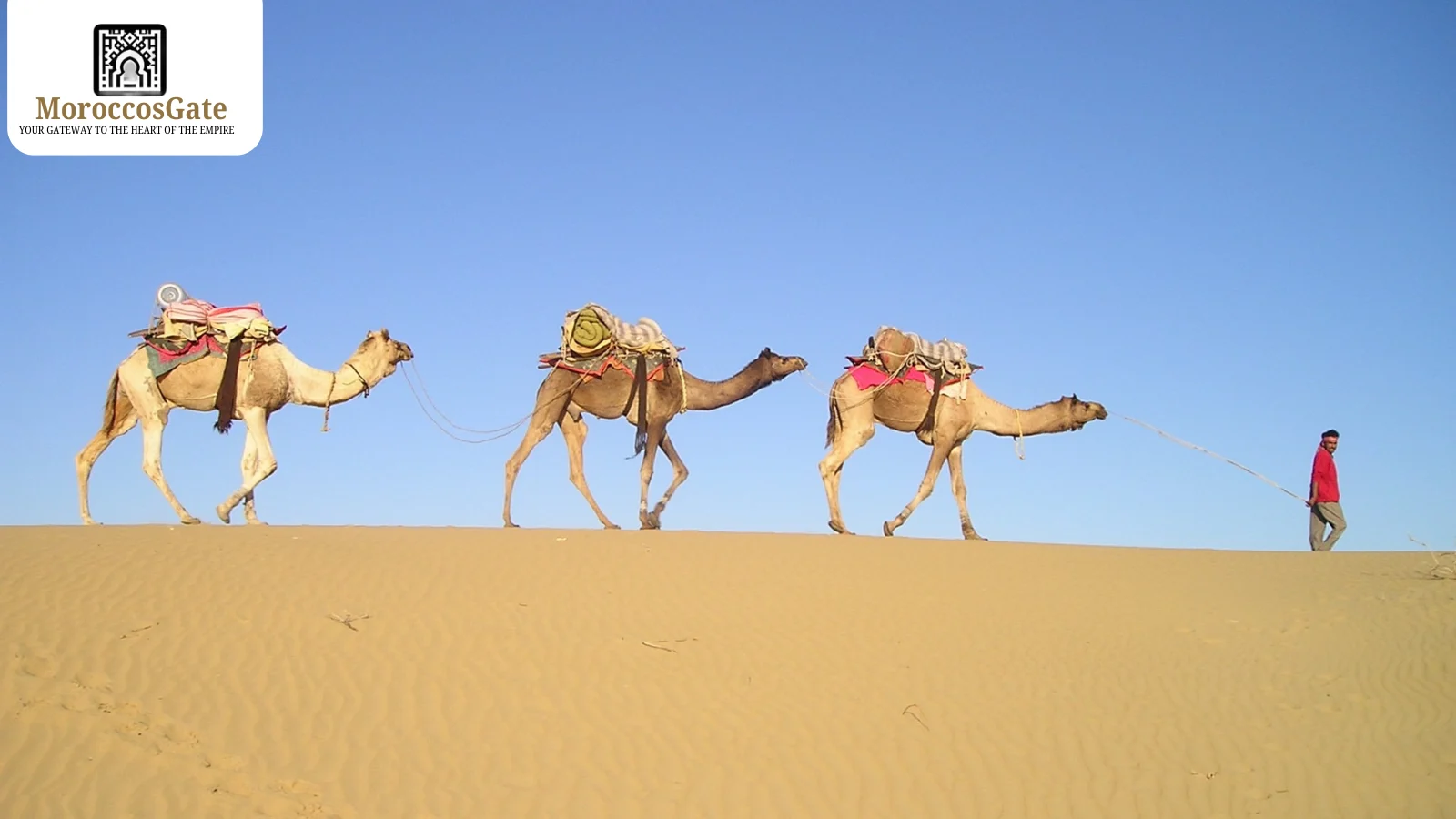
2. North Africa’s Roof: The High Atlas Mountains
The Atlas Mountains, a powerful and magnificent range that divides the Desert from the coastal lowlands, stretch diagonally across Morocco. Some of the most striking and fulfilling scenery in the nation can be found in the High Atlas in particular.
- Jebel Toubkal: A Fulfilling Task
- The tallest summit in North Africa is Jebel Toubkal, which stands at 4,167 meters (13,671 ft). Despite being a non-technical climb, the two-day hike to the peak is both difficult and immensely gratifying. The route climbs high, rocky terrain, passes isolated Berber communities, and winds through fertile valleys. An accomplishment that will last a lifetime is reaching the summit at sunrise, when you can enjoy a 360-degree vista of the Atlas range and the Marrakech lowlands below.
- Berber Culture and Valleys
- The life that flourishes in the valleys of the Atlas Mountains is what really makes them beautiful, not just the peaks. Traditional Berber settlements dot areas like the Imlil Valley and Ourika Valley, where life has persisted unaltered for centuries. The locals are renowned for their friendliness and warmth. Trekking through these valleys frequently involves stopping in at a local home for mint tea, which is a sincere and endearing cultural interchange.
Activities in the High Atlas
- Trekking: There is a trail for every level of fitness, ranging from easy one-day strolls to multi-day treks.
- Summit Jebel Toubkal: This is an essential challenge for the dedicated hiker.
- Experience the genuine culture and warmth of the Amazigh people by traveling to a Berber village.
- Explore Tizi n’Tichka route: Experience the beautiful views and hairpin curves of this high mountain route that connects Marrakech and Ouarzazate.
Our Insider Tip: Spring (April–May), when the valleys are verdant and lush, and autumn (September–October), when the weather is clear and comfortable, are the ideal times of year for trekking. Although it calls for specific equipment and knowledge, winter delivers breathtaking scenery blanketed with snow.
3. The Crimson Canyons of Nature: The Todra and Dades Gorges
Among Morocco’s most breathtaking natural wonders are these two gorges in the eastern High Atlas, which were carved over millennia by the Todra and Dades rivers. With their soaring red and orange granite walls, they provide a breathtaking demonstration of the might of nature.
- Todra Gorge: A Heaven for Climbers
- The Todra Gorge is a narrow gorge that rises more than 300 meters (984 ft) high with sheer, vertical granite cliffs. The canyon narrows to just 10 meters (33 feet) across at its most striking point. Gazing up in wonder at the massive cliffs, you can stroll down the glistening river that still runs at the bottom. For rock climbers, it’s a world-famous location, but even non-climbers are humbled by the sheer size.
- Dades Gorge: A Thousand Kasbahs’ Winding Road
- A contrasting but no less breathtaking experience can be had further west at the Dades Gorge. In contrast to the red granite, the broader valley is dotted with lush fig and almond plantations, as well as old kasbahs (fortresses). The winding road with its stunning hairpin curves is the most well-known natural wonders of the Dades Gorge. It’s a memorable experience to drive this route or even just look at it from above.
Activities in the Gorges
- Hiking: Take advantage of the numerous paths that ascend into the nearby mountains and canyons.
- Photography: The gorges’ light is a photographer’s paradise, particularly in the early morning and late afternoon.
- Stay at a Local Guesthouse: For a genuinely immersive experience, spend the night in a family-run guesthouse carved into the gorge’s wall.
Our Insider Tip: Request that your guide show you the “Monkey Fingers,” an odd rock structure in the Dades Valley that actually looks exactly like its name. It’s an odd and intriguing illustration of erosion caused by nature.
Book now to experience comfort and convenience! Click here👇
4. Morocco’s Grand Waterfall, Ouzoud Falls
The Ouzoud Falls (Cascades d’Ouzoud) are a series of waterfalls that plummet 110 meters (360 feet) into a ravine below. They are situated in the Middle Atlas Mountains and are roughly three hours’ drive from Marrakech. It’s a verdant haven that feels very different from the dry regions that are typically connected to Morocco.
- The Sound and the Vision
- The first thing you’ll notice is the sound of the falls—a strong, continuous roar that intensifies as you go closer. It’s an even more amazing sight. (Ouzoud means “the act of grinding grain” in Berber, referring to the numerous grain mills that originally operated here.) Green valleys and olive orchards around a series of tiered cascades. The enchantment is enhanced on bright days when a perpetual rainbow frequently floats in the mist at the base of the falls.
Activities at Ouzoud Falls
- Walk the Trail: You may walk from the top of the falls to the bottom along a well-kept path that offers breathtaking views as you go.
- carry a Boat Ride: For a close-up (and hazy!) experience, small boats at the base will carry you all the way up to the tumbling water.
- Get to Know the Locals: Barbary macaques are common in the neighborhood. Despite their friendliness, these lively monkeys should always be treated with respect as natural wonders.
Our Insider Tip: Although most people come from Marrakech for a day excursion, think about spending the night at one of the basic guesthouses in the area. It’s a very unique experience to wake up to the sound of the falls and have the area to yourself before the throng arrive in the morning.
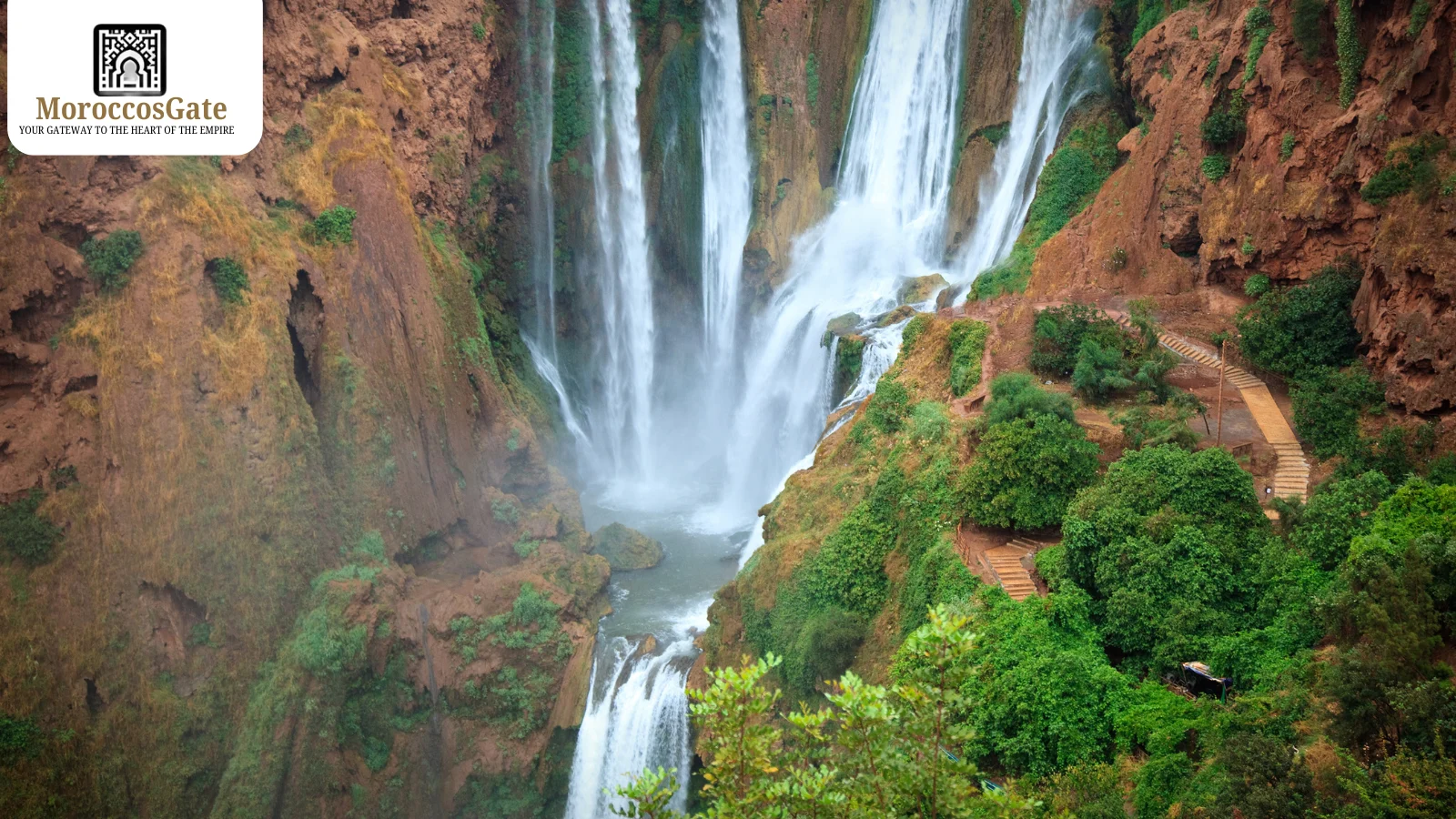
5. Legzira Beach: The Atlantic’s Lost Arches
Although Morocco’s Atlantic coast is wild, windy, and stunning, Legzira Beach, which is south of Agadir, used to be unmatched. It was well-known for its two spectacular red granite arches that jutted out into the water and were sculpted by nature.
- Legzira is still a location of unadulterated, dramatic beauty, even though one of the biggest arches tragically collapsed in 2016. Even at low tide, when it is possible to walk directly across it, the remaining arch is still a breathtaking sight. The beach is well-known for its breathtaking sunsets, which create a photographer’s dream come true as the sky and the red cliffs appear to catch fire.
- It serves as a potent reminder of how beautiful, inventive, and occasionally devastating nature is. A trip to Legzira offers the opportunity to see a changing environment and take in its fleeting beauty.
6. God’s Bridge & Akchour Waterfalls: Undiscovered natural wonders in the Rif Mountains
Nestled in the verdant Rif Mountains close to the well-known “Blue City” of Chefchaouen, the Akchour region is a hiker’s and nature lover’s dream come true. Although it is not as well-known as the Atlas Mountains, it is home to some of Morocco’s most captivating natural wonders.
- Going to the Waterfalls on Foot
- It takes a few hours to make the lovely trek to the Grand Cascade, the major waterfall. You have to hop over stones and pass quaint tiny bridges as you follow a clear, blue river. Along the route, you’ll come across a number of tiny pools and waterfalls that are ideal for a cool swim on a hot day. The ultimate reward for your efforts is a magnificent, towering waterfall that plunges into an emerald pool.
- Pont de Dieu, or the Bridge of God
- High above the river, this magnificent natural rock arch creates a natural bridge. It is very breathtaking to stand beneath it and gaze up. It is an excellent choice if you are short on time because it is a shorter hike than the one to the big waterfall.
Wearing sturdy shoes that you don’t mind getting wet is our insider tip! Crossing the river is a common aspect of the course, and it’s all fun. Additionally, make sure to visit one of the tiny, rustic “cafes” that have been erected along the riverbank so that you can enjoy a mint tea while cooling down with your feet in the cool water.
Go Further, Spend Less. Make Your Next Adventure Reservation Now! Click here👇
The ideal moment to explore Morocco’s natural wonders
- Ooases and the Desert: October to April is the best time. Anticipate cool evenings and pleasant days. Summer temperatures (June–August) can rise beyond 40°C (104°F).
- Atlas Mountains: Clear skies and pleasant hiking temperatures are available from March to May and September to November. Pack layers for wintertime snow (and breathtaking mountain views).
- The Atlantic and Mediterranean coasts are typically mild all year long. Spring and summer are the best seasons for kitesurfing close to Essaouira and Agadir.
- Rivers and waterfalls: The strongest flow occurs from late winter to spring, particularly following rain or snowmelt.
- Crowds: The busiest seasons are spring (March–May) and fall (September–October). If you want to avoid crowds, think about shoulder weeks.
How to see these wonders of nature (in summary)
- The Agafay Desert, Ourika Valley, Ouzoud, and Lalla Takerkoust are all accessible by day trip from Marrakech.
- The following are worth spending a night or two on: Erg Chebbi or Erg Chigaga; Dades/Todra combo; Imlil/Toubkal area; Essaouira/Legzira/Agadir coast; Chefchaouen + Akchour; and Imlil/Toubkal area.
- Transportation options include self-drive (right-side traffic), private driver-guide, or a combination of local transfers and trains/buses. 4×4 is advised for desert.
- Seasons: summer for cool shores and early/late desert excursions; winter for strong waterfalls and crisp mountain air; spring and fall for equilibrium.
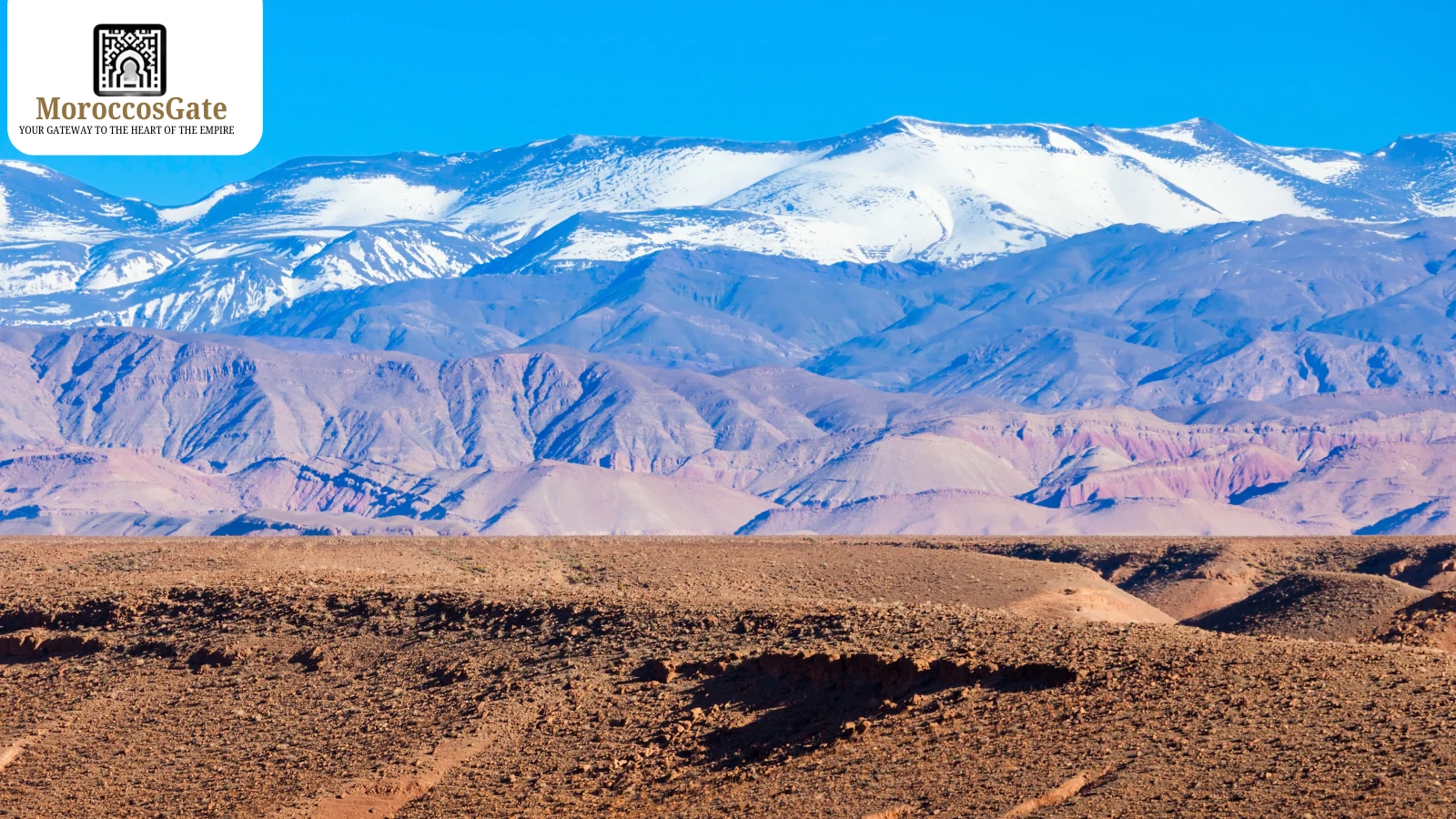
Useful advice for visitors from the US and the UK
- Entry and visas: Generally, holders of US and UK passports are allowed entry for up to 90 days without a visa. Make sure your passport is valid for at least six months after your arrival and contains blank pages (airlines may request this).
- Moroccan dirham (MAD) is the currency. Cities sometimes have ATMs, but smaller villages and gas stations may be cash-only. In restaurants, it’s customary to tip around 10%.
- Connectivity: purchasing eSIMs and local SIMs is simple. Main roads have decent coverage, however isolated desert and mountain regions may have inconsistent coverage.
- Driving: traffic on the right. The roads are generally good, but be prepared for the twisty mountain passes. Pay attention to village zones and speed limitations.
- Health and safety: Bring any personal prescriptions, wear sunscreen, and drink bottled water. Mountains are colder than towns, and desert evenings can be chilly.
- Morocco is a laid-back country, yet modest attire considered polite in rural areas. At hotels and beaches, swimwear is acceptable; elsewhere, cover up.
- Drones: Not allowed without a permit; don’t bring one unless you have formal permission.
- Animals: Steer clear of purchasing contrived “goats in trees” pictures as this promotes subpar treatment of animals. Don’t give macaques food.
Notes on responsible travel
- Don’t leave any trace: Remove trash, particularly in arid and mountainous areas.
- Water is valuable, so take quick showers and, where possible, replenish reusable bottles.
- Follow pathways to preserve delicate plants and dunes.
- Employ locals: Guesthouses, drivers, and guides keep your money in the area.
- Wildlife first: Never feed wild animals, observe them in silence, and maintain a safe distance.
How the Morocco’s Gate Team can assist
- Create a route that strikes a balance between driving time and breathtaking views.
- Make arrangements for trustworthy 4×4 drivers and certified mountain or desert guides.
- For optimal light and season, time the coasts, dunes, and waterfalls.
- Reserve carefully chosen accommodations that prioritize sustainability and the environment.
Choose shoes that complement your every step, whether it’s performance or lifestyle. Click here👇
Awaiting You on Your Moroccan Adventure
Morocco boasts a remarkable array of natural wonders, ranging from the boundless expanses of the Desert to the secret emerald ponds of the Rif Mountains. You are encouraged to go outside, explore, be humbled, and find inspiration there.
Awaiting the opportunity to discover these delights for yourself? At Morocco’s Gate, our staff creates customized excursions in addition to selling tours. We are familiar with the most genuine guesthouses, the greatest routes, and the guides that will make your trip one to remember.
Ready to Feel Morocco’s Cultural Heartbeat?
Morocco whispers its stories in every alleyway, market, and mountain pass. Let Morocco’s Gate guide you to its soul.
Book Your Authentic Cultural Journey Today →
Connect deeply. Experience authentically. Remember forever.

